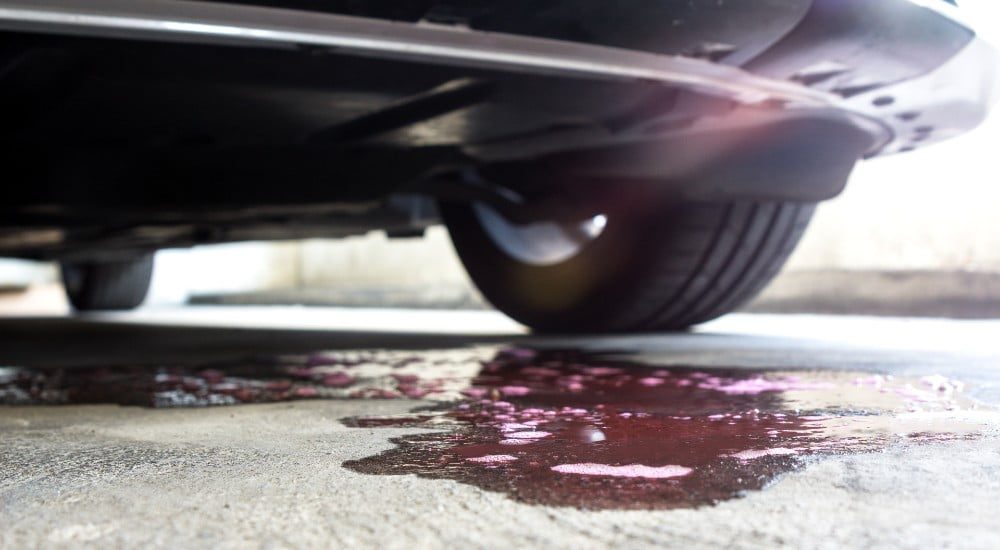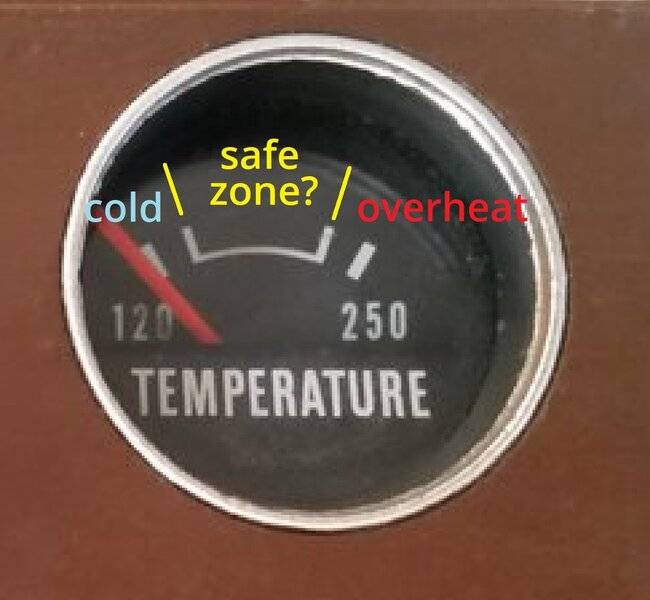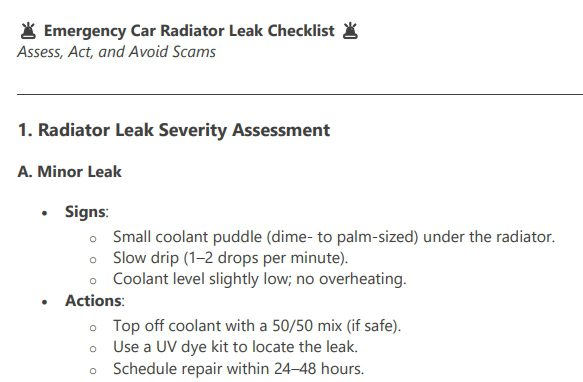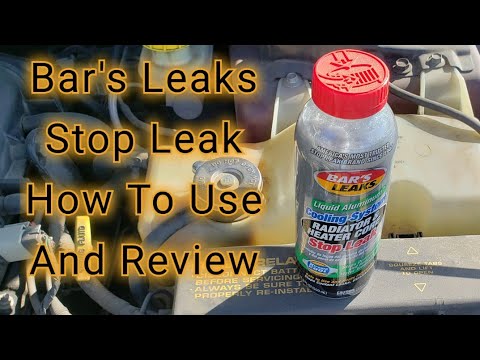Table of Contents
Stop Overheating Fast—But Proceed with Caution!
1. When to Use Stop-Leak: A Temporary Lifeline ⚠️
A leaking radiator can lead to engine overheating, costly repairs, or breakdowns. Stop-leak products are a quick fix for:
- Small cracks/pinhole leaks: Seals gaps up to 1/16 inch.
- Emergency situations: When you’re miles from a mechanic.
- Buying time: Until a permanent repair (welding, replacement) is possible.
Warning: Stop-leak can clog heater cores, thermostats, or radiator tubes if overused. Never rely on it long-term!

2. Tools & Materials Needed 🧰
- Stop-leak product: Liquid (e.g., Bar’s Leaks) or powder (e.g., K-Seal).
- Gloves & goggles: Protect from antifreeze chemicals.
- Funnel: For clean pouring.
- Coolant: To refill the system after treatment.
- Flashlight: Inspect for leak locations.
Pro Tip: Choose a copper-free formula to avoid damaging aluminum radiators.
3. Step-by-Step Guide 🛠️
Step 1: Let the Engine Cool
- Wait 1–2 hours after driving to avoid burns from hot coolant.
- Never open the radiator cap on a hot engine!
Step 2: Locate the Leak
- Check for wet spots under the car or around hoses, radiator seams, or the water pump.
- Use a flashlight to spot green/orange coolant residue.
Step 3: Add Stop-Leak
- Shake the bottle well.
- Pour the recommended amount (usually ½–1 bottle) into the radiator or coolant reservoir.
- For powder formulas, mix with coolant first.
Note: No need to drain the system—stop-leak works with existing coolant.
Step 4: Run the Engine
- Start the car and let it idle for 10–15 minutes.
- Turn the heater to max to circulate the solution.
Step 5: Check for Leaks
- Inspect the radiator for reduced dripping.
- Top off coolant if needed.
4. Post-Fix Checks & Warnings 🔍
- Monitor temperature gauge: Ensure no overheating.
- Re-inspect after driving: Leaks may reappear under pressure.
- Replace coolant soon: Flush the system within 100–200 miles to remove residue.

5. When to Call a Mechanic 🚨
Stop-leak won’t fix:
- Large cracks/holes: Gaps wider than 1/8 inch.
- Failed water pump: Leaks near the pulley.
- Blown head gasket: Milky oil or white exhaust smoke.
Case Study: A Jeep owner used stop-leak on a cracked hose, but the clamp failed days later—costing $400 in tow fees.
6. Pros vs. Cons of Stop-Leak ⚖️
| Pros | Cons |
|---|---|
| Quick, under $20 fix | Temporary (lasts 1–6 months) |
| No tools required | Risks clogging the system |
| Works on minor leaks | Doesn’t address root cause |
7. FAQs ❓
Q1: How long does stop-leak last?
A: Weeks to months—depends on leak size and driving conditions.
Q2: Can I use stop-leak with any coolant?
A: Yes, but avoid mixing formulas (e.g., don’t combine liquid and powder).
Q3: Will it harm my engine?
A: Overuse can clog passages. Flush the system ASAP!
Q4: Can I drive immediately after adding it?
A: Yes, but avoid high RPMs until the seal sets (30+ minutes).
Q5: What if the leak persists?
A: Replace the radiator or hose immediately.
8. Free Emergency Leak Checklist 📝
[🔗 Download Your Free PDF Here]
Includes:
- Leak severity assessment guide.
- Temporary vs. permanent repair flowchart.
- List of mechanic red flags.

Share this guide to help stranded drivers stay safe—but always prioritize permanent repairs! 🙌🚘
Expand Your Automotive Knowledge 📝
Explore 500+ Free Expert-Curated Guides
🚗 Learn New Skills
From basic maintenance to advanced repairs — clear, actionable tutorials for every skill level.
🌍 Access Anywhere
Mobile-friendly guides with HD visuals. No downloads required.
- Guides & Tutorials
- Car Maintenance 101
- Diagnostics & Troubleshooting
- Seasonal Maintenance
- Budget-Friendly Repairs
- Electrical Systems Guide
- Car Safety & Reliability
- Tools & Product Reviews
- Routine Maintenance
- Car Modifications & Upgrades
- Buying/Selling Guides
- Eco-Friendly Car Care
- Advanced Repairs
- Car Laws & Compliance
- Emergency Repairs
- Future Car Tech



